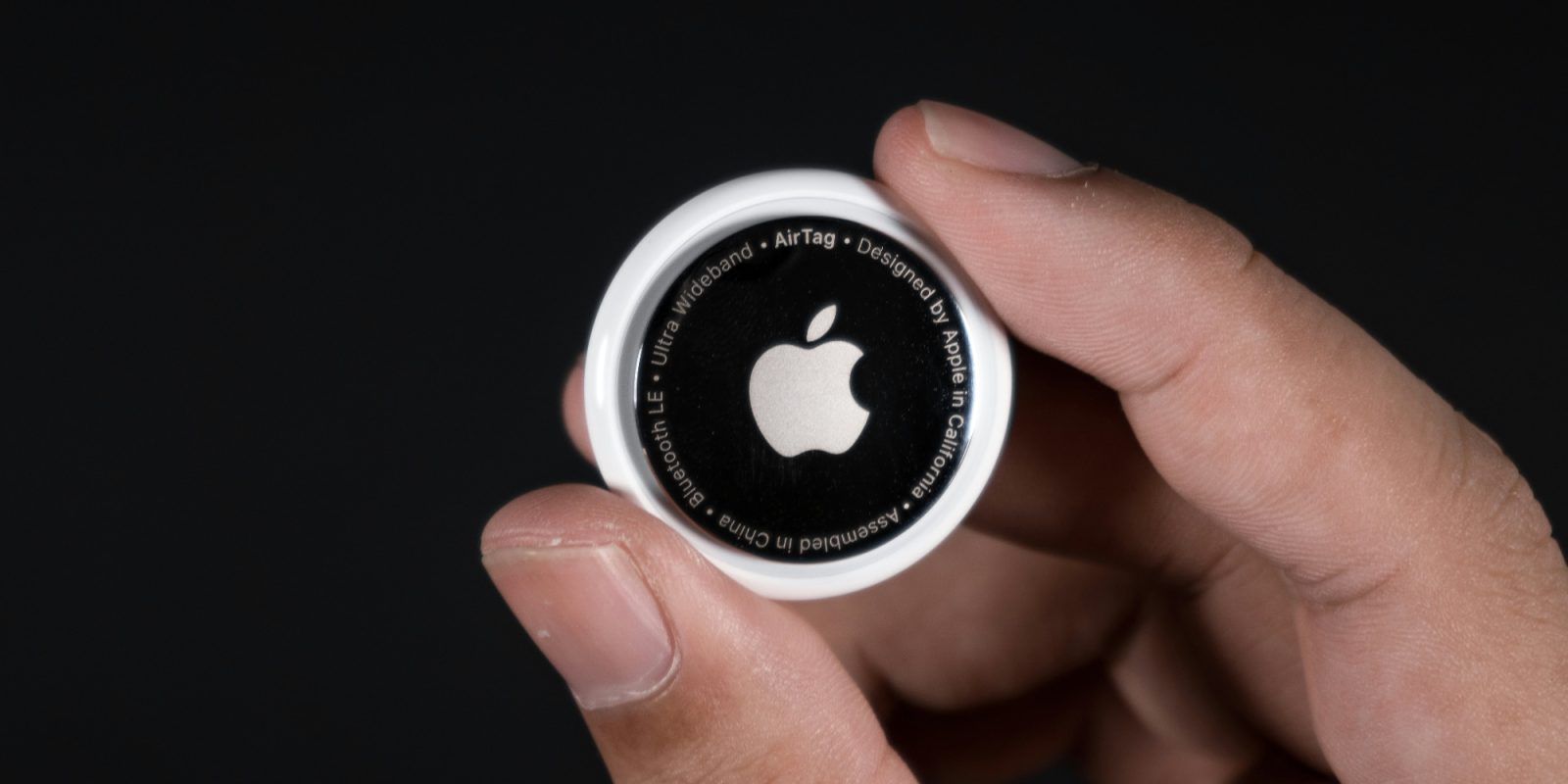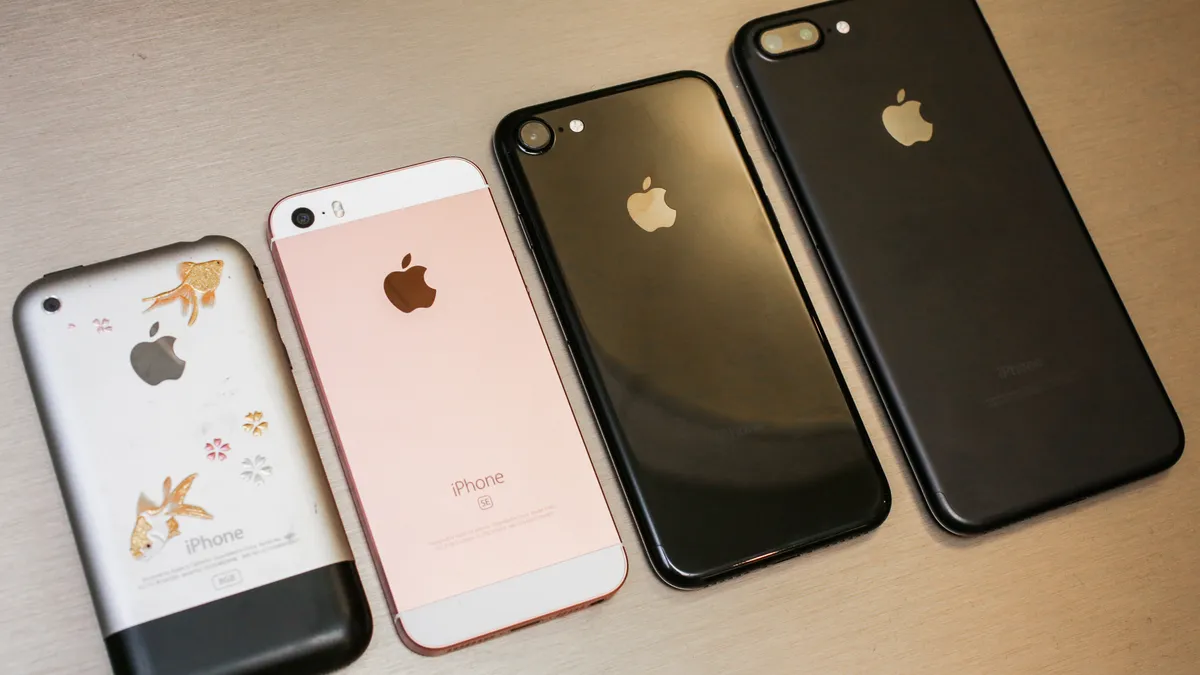In a groundbreaking advancement, Apple has unveiled technology that enables users to control iPhones and iPads using only their thoughts. This innovation, developed in collaboration with neurotechnology company Synchron, marks a significant leap in accessibility and human-computer interaction.
The Technology Behind Mind Control
At the core of this development is Synchron’s Stentrode device, a minimally invasive brain-computer interface (BCI). Unlike traditional methods that require open-brain surgery, the Stentrode is inserted into a blood vessel near the brain’s motor cortex via a catheter through the jugular vein. Once in place, it captures neural signals associated with movement intentions and wirelessly transmits them to an external decoder.
Apple has integrated this technology with its existing accessibility feature, Switch Control, allowing the neural signals to interact seamlessly with iOS and iPadOS. This integration is facilitated by Apple’s new BCI Human Interface Device (HID) protocol, which enables real-time communication between the brain and the device.
Real-World Application: A Life-Changing Demonstration
A compelling demonstration of this technology features Mark Jackson, a participant in Synchron’s COMMAND clinical study and a person living with amyotrophic lateral sclerosis (ALS). In the video, Mark navigates his iPad’s home screen, opens apps, and composes messages using only his mind. This showcases the potential of BCI technology to restore digital independence to individuals with severe motor impairments.
Apple’s Commitment to Accessibility
Apple’s collaboration with Synchron underscores its dedication to making technology accessible to all users. By developing the BCI HID protocol, Apple is setting a new standard for integrating neural interfaces with consumer devices. This protocol allows for bidirectional communication, sharing contextual on-screen data to optimize performance and responsiveness.
The Road Ahead: Expanding BCI Integration
The integration of BCI technology is not limited to iPhones and iPads. Apple has also explored its application with the Apple Vision Pro headset. In 2024, Mark Jackson used the Vision Pro controlled entirely by thought, demonstrating the versatility of this technology across different platforms.
Apple plans to roll out broader support for the BCI HID protocol across its platforms later in 2025. This expansion aims to provide users with more intuitive and accessible ways to interact with their devices, further bridging the gap between human cognition and technology.
Safety and Accessibility: A Priority
Synchron’s approach to BCI implantation prioritizes safety and accessibility. The Stentrode’s minimally invasive procedure reduces the risks associated with open-brain surgery, making it a more viable option for a broader range of patients. To date, Synchron has implanted the Stentrode in ten patients across the United States and Australia under the FDA’s investigational device exemption.
Comparing Approaches: Synchron vs. Neuralink
While other companies like Elon Musk’s Neuralink are also developing BCI technology, Synchron’s method stands out for its less invasive approach. Neuralink’s N1 chip involves embedding electrodes directly into brain tissue, which, while potentially offering faster and more precise control, carries higher surgical risks. Synchron’s endovascular method offers a safer alternative, making BCI technology more accessible to those in need.
A Glimpse into the Future
The successful demonstration of mind-controlled iPhones and iPads provides a glimpse into a future where cognitive input becomes a mainstream mode of control. This technology holds the promise of transforming the lives of individuals with motor impairments, offering them new avenues for communication and interaction with the digital world.
As Apple continues to refine and expand this technology, the potential applications are vast. From enhancing accessibility features to exploring new forms of human-computer interaction, the integration of BCI technology into consumer devices is poised to revolutionize the way we interact with technology.
Conclusion
Apple’s collaboration with Synchron to develop mind-controlled iPhones and iPads represents a significant milestone in the field of neurotechnology and accessibility. By enabling users to control their devices with their thoughts, Apple is not only enhancing user experience but also empowering individuals with disabilities to engage more fully with the digital world. As this technology continues to evolve, it holds the potential to redefine the boundaries between human cognition and technology, ushering in a new era of intuitive and accessible device interaction.



